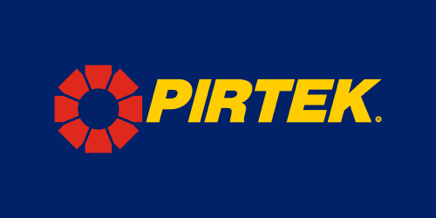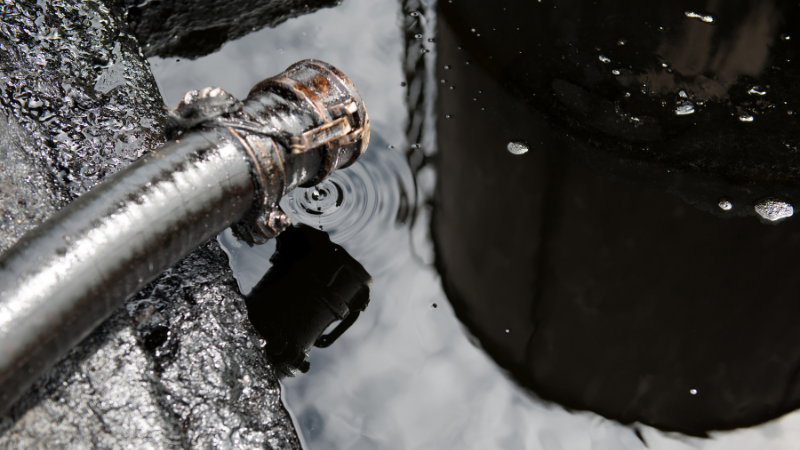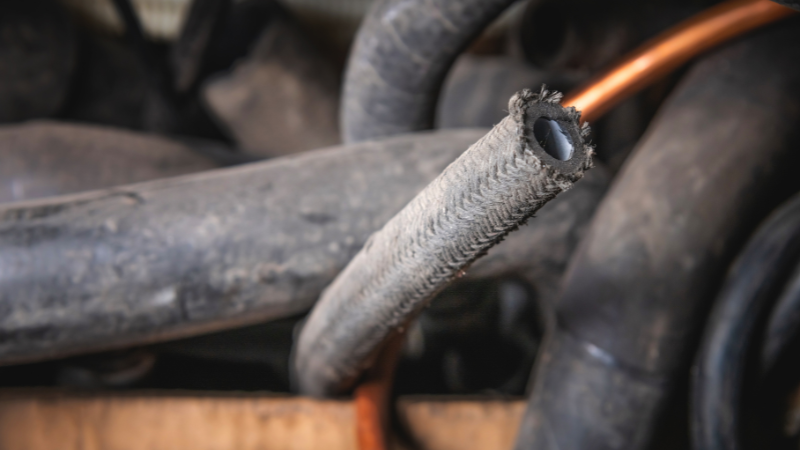Exploring The Different Types of Hydraulic Hose Fittings
January 12, 2024

Hydraulic hose fittings are crucial components in hydraulic systems, responsible for connecting hoses to other components like pumps, valves, and cylinders. These fittings ensure a secure and leak-free connection, allowing hydraulic systems to function effectively.
Understanding the various types of hydraulic hose fittings is essential for anyone involved in hydraulic system design, maintenance, or repair. In this blog post, we’ll delve into the different types of hydraulic hose fittings, their characteristics, and their applications.
Crimp Fittings
Crimp fittings represent a widely employed category of hydraulic hose fittings, known for their simplicity and effectiveness. These fittings are integral to the assembly of hydraulic hoses and involve the utilisation of a specialised crimping tool.
The crimping tool is employed to compress a metal sleeve or ferrule tightly onto the hose and its corresponding fitting, resulting in a secure and durable connection.
The crimping process ensures a permanent and robust attachment, providing several benefits in hydraulic applications. The compressed metal sleeve enhances the hose’s resistance to pressure and prevents leakage by creating a tight seal between the hose and the fitting.
This reliability is particularly crucial in high-pressure scenarios, making crimp fittings a popular choice in various industries, including construction equipment and hydraulic machinery.
The specialised crimping tool used in this process is designed to apply uniform force, ensuring a consistent and reliable crimp across multiple applications. This standardised approach contributes to the overall dependability of crimp fittings, making them suitable for use in diverse hydraulic systems.
One notable advantage of crimp fittings is their ease of installation and maintenance. The crimping process is relatively quick and straightforward, allowing for efficient assembly and repair of hydraulic hoses in various settings.
Additionally, when properly installed, crimp fittings are recognised for their leak-free performance, adding to their reputation as a dependable solution in critical hydraulic applications.
Reusables
As the name suggests, reusable fittings can be detached and reused multiple times. They consist of a socket and a stem, and the connection is made by screwing the stem into the socket.
Reusable fittings are advantageous for applications that require frequent hose replacements or maintenance. However, they are not recommended for high-pressure systems, as they may not provide the same level of reliability as crimp fittings in such scenarios.
Push-Lock Fittings
Push-lock fittings are popular for their simplicity and ease of use. These fittings eliminate the need for clamps or crimping tools, as the hose is pushed onto the fitting, creating a secure grip.
Push-lock fittings are suitable for low to medium-pressure applications and are often used in pneumatic systems as well. They provide a quick and convenient way to connect hoses without specialised equipment.
Flange Fittings
Flange fittings are used in applications where high pressure and large diameters are involved. They consist of two parts – a flange and a separate hydraulic hose fitting. The hose end is attached to the flange using bolts, creating a robust and reliable connection.
Flange fittings are commonly found in industrial settings, particularly in hydraulic systems handling large volumes of fluid.
JIC (Joint Industry Council) Fittings
JIC fittings are widely used in hydraulic systems and have a 37-degree flare seating surface. These fittings provide a metal-to-metal seal and are known for their versatility.
JIC fittings come in various configurations, including straight, 45-degree, and 90-degree angles, allowing flexibility in system design. They are suitable for high-pressure applications and are commonly used in fluid power systems.
ORFS (O-Ring Face Seal) Fittings
ORFS (O-Ring Face Seal) fittings are distinguished by their robust design, incorporating a flat metal surface and an O-ring to establish a secure and leak-free connection.
The O-ring is strategically positioned in a groove on the flat face of the fitting, creating a reliable seal when tightened. This design ensures a tight and dependable connection even in demanding conditions.
One of the key strengths of ORFS fittings is their exceptional resistance to leaks, making them particularly well-suited for applications that involve high pressure and vibration.
The O-ring not only provides an effective seal but also helps dampen the impact of vibrations, reducing the risk of loosening over time. This reliability is crucial in industries where equipment must operate under challenging conditions, such as construction machinery, agricultural equipment, and hydraulic systems in various industrial settings.
Banjo Fittings
Banjo fittings are widely utilised in hydraulic and automotive systems due to their unique design and space-saving features. The hollow bolt, which is a distinctive element of banjo fittings, plays a crucial role in facilitating fluid flow within the system.
This hollow bolt typically features a banjo eye or a circular flange on one end, providing a point of connection for hoses, pipes, or other fluid-carrying components.
One notable advantage of banjo fittings is their ability to accommodate angular or misaligned connections, making them versatile in various assembly configurations. The banjo eye allows for a swivel-like movement, enabling the fitting to adapt to the spatial constraints and contours of the surrounding environment.
Additionally, the central hole in the hollow bolt serves as a conduit for fluid passage, ensuring a continuous and unimpeded flow within the system. This design minimises pressure drop and helps maintain optimal performance, making banjo fittings suitable for applications where efficiency and fluid dynamics are critical.
Hydraulic Hose Fittings With Pirtek Wirral
Understanding the different types of hydraulic hose fittings is crucial for ensuring the proper functioning and reliability of hydraulic systems. The choice of fitting depends on various factors, including the application’s pressure requirements, space constraints, and the need for reusability.
Whether it’s crimp fittings for high-pressure applications, push-lock fittings for quick and easy connections, or flange fittings for industrial settings, each type of hydraulic hose fitting plays a unique role in the world of fluid power.
By selecting the right fitting for the job, our team of expert hydraulic system designers and maintenance professionals can contribute to the efficiency and longevity of hydraulic systems.
If you are in need of any kind of emergency service for your hydraulics then please do not hesitate to give our team a call. We offer 24/7 services to people all over the UK to assist them with their faulty hydraulic systems.

Jack is the proud new owner of Pirtek Wirral. After taking over the franchise in early 2023, Jack’s leadership has already led to Pirtek Wirral winning national awards. With his expertise in all hydraulic systems, Jack is passionate to grow Pirtek Wirral into a leading franchise.
Have Any Questions?
Get in touch with our team today.
- 0151 725 6777
- help@dynamichydro.co.uk




